This weekend we participated in the NRRL Field Day contest. The contest is largely the same thing as the IARU Region 1 SSB Field Day, except for some differences in the ruleset. Some important rule changes are the addition of CW and DIGI modes, as well as satellite operations. We are somewhat puristic, however, and only work SSB – although we dabble a bit in satellites for the fun of it.
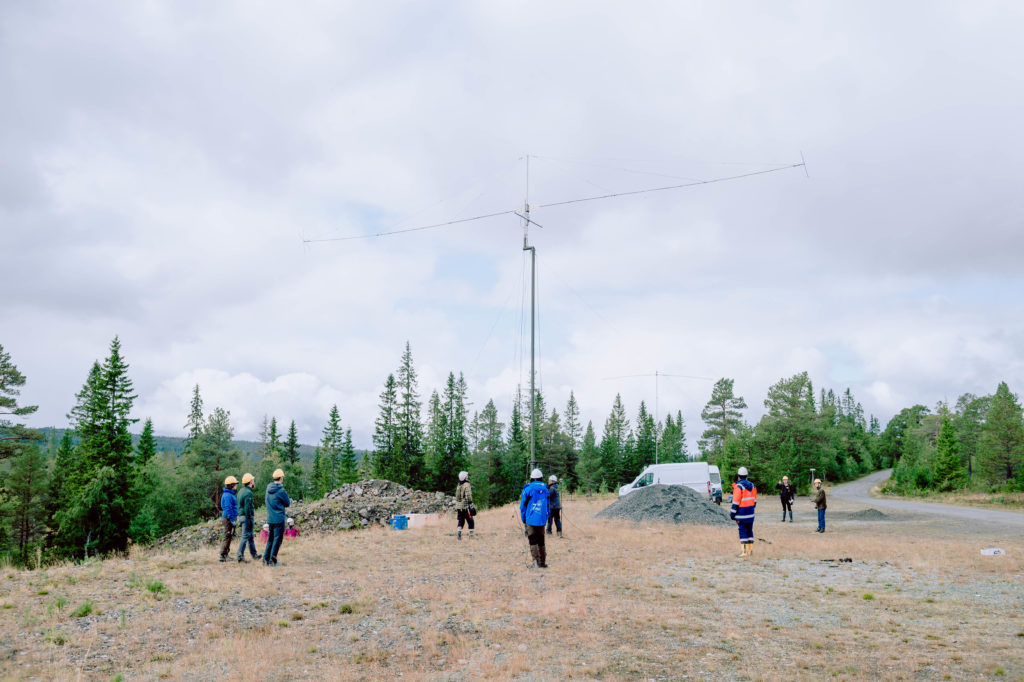
Our soapbox/3830 entry can be seen below.
Band Mode QSOs Pts DXC 1.8 LSB 45 130 6 3.5 LSB 164 422 18 7 LSB 531 1053 37 14 USB 417 869 33 21 USB 231 485 18 28 USB 2 6 1 Total Both 1390 2965 113 Score: 335,045
We found a pretty great QTH this year at Samatun, a cabin owned by the local Red Cross branch. The cabin is located in JP53HC, roughly in the middle of Norway, and is situated at a height of about 450 m. Good take-off in all directions makes this a great site for radio contests. The only disadvantage is that it has some power lines nearby. Luckily, we were not particularly affected by noise from these.
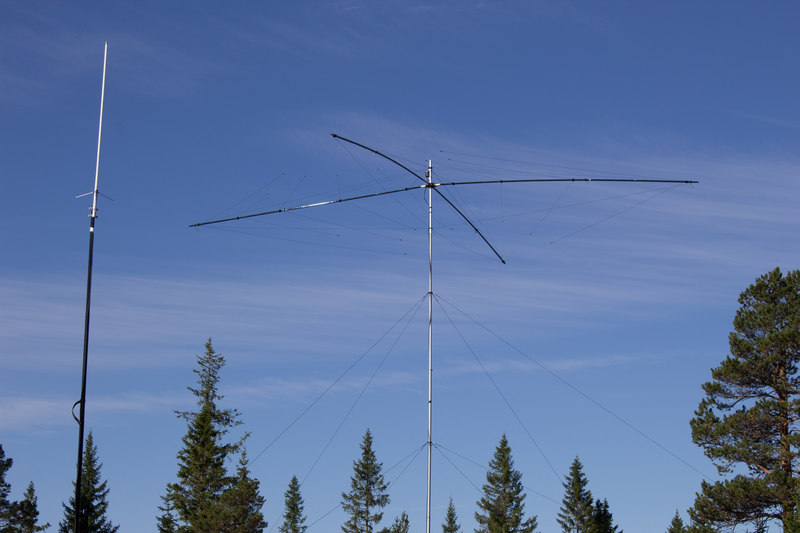
Overall, the conditions were alright on most bands. The biggest disappointment was 20 m where we could not get as many contacts as we wanted. Our biggest surprise was 45 contacts on 160 m, a band we typically only get a handful of contacts on.

For the first couple of hours we had an amazing opening on 15 m, netting us over 200 contacts during the first two hours. The other bands ran smoothly, with constant operations on 40 m being our main source of QSOs over the weekend. Conditions were alright throughout the night, the lull seemingly due to a lack of contestants during this period.
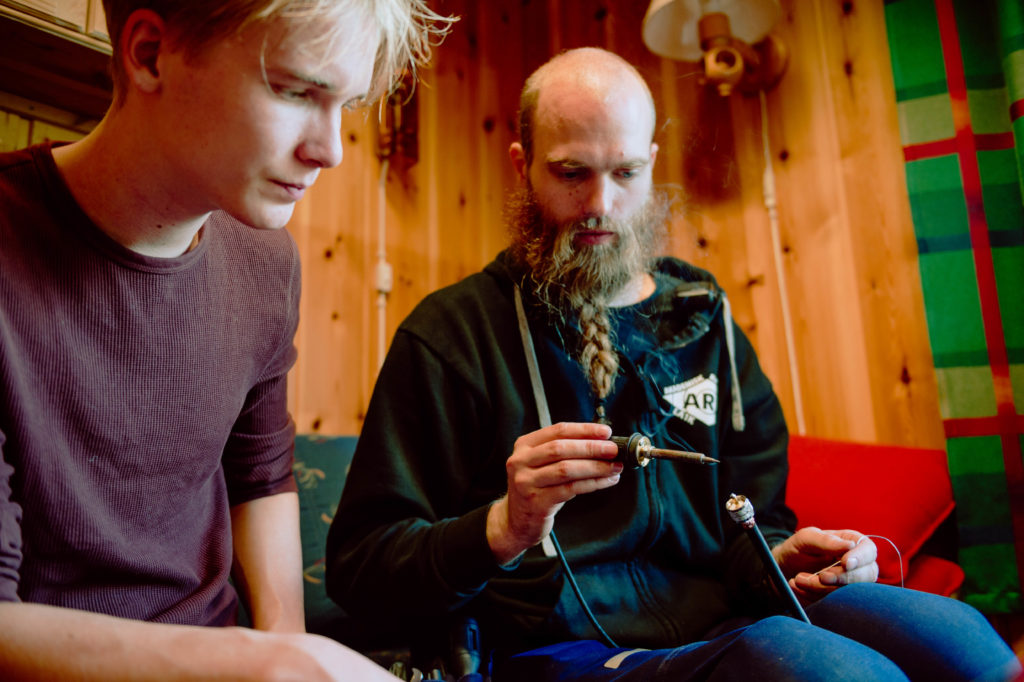
Our setup consisted of the tried and tested “bananaphone” 40 m rotary dipole, a Spiderbeam tuned for the 20, 15 and 10 m bands, and wire dipoles for 80 and 160 m. The three run stations (20/160m, 15/80m and 40m) were equipped with legal limit amplifiers, and were manned continuously throughout the contest. For 10 m, we added a simple station to be able to do a run in case of a significant opening. No such luck was had – so the station was largely unmanned. A simplified drawing our of setup can be seen below.
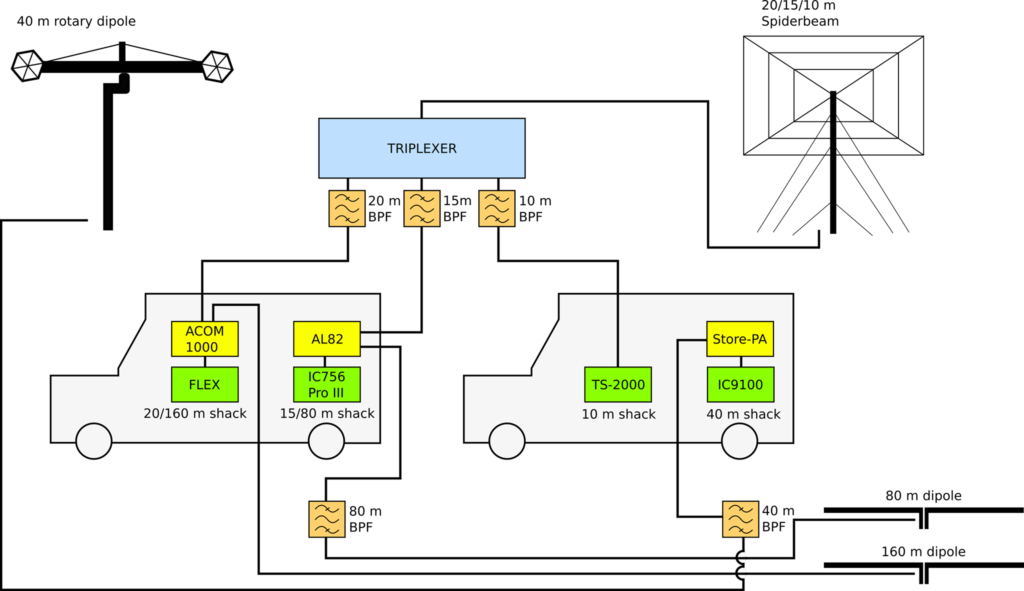
As always with Field Day, the most satisfying part is getting new operators on the air for the first time. This year was especially great with our new operators netting us lots of contacts and getting many hours on the air.
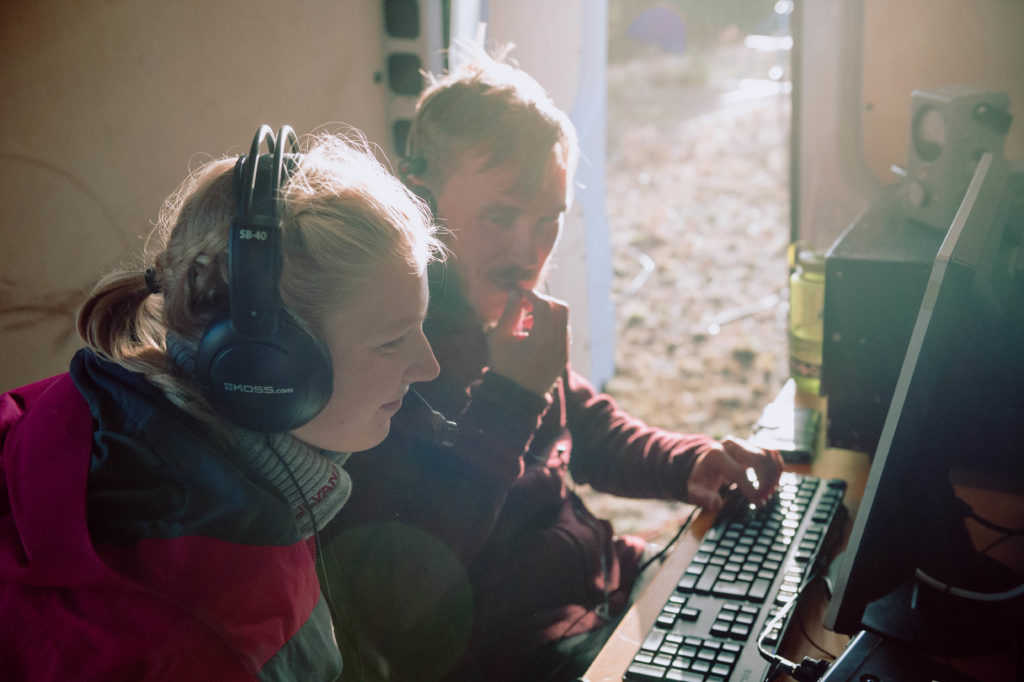
A big thanks to those who helped organize ARK’s entry into this year’s Field Day. Thanks to all those who we worked during the contest, we hope to work you again next year :).If you liked the pictures in this post, there are plenty more over at http://bilder.la1k.no/fd2019/.
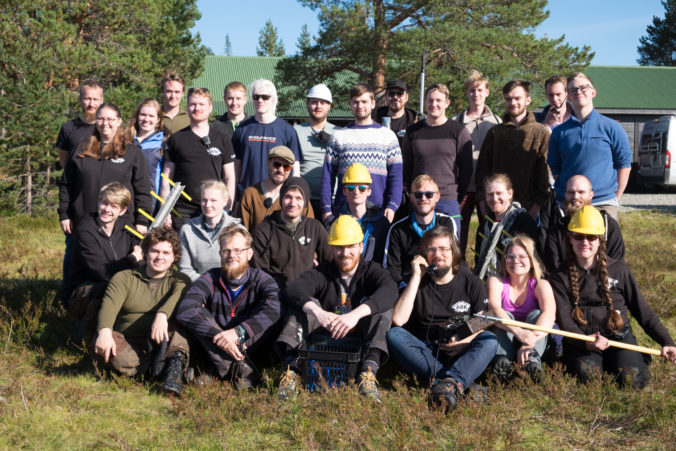

Hello,
we (DM4X/p) worked you several times. Strong signals. Congratulation for your very good result.
I have not seen your call on the list of submitted logs at the contest homepage https://www.darc.de/der-club/referate/conteste/iaru-region-1-fieldday/ssb/
Have you submit your log? Deadline is 7 days after contest…
Best 73
Lars
DL4JLM ( DM4X/p)
Dear Lars,
Thank you for the kind words, we were happy to work you as well!
We typically submit our Field Day logs through the local union, Norsk Radio Relæ Liga (NRRL).
73 de Øyvind/LA3WUA